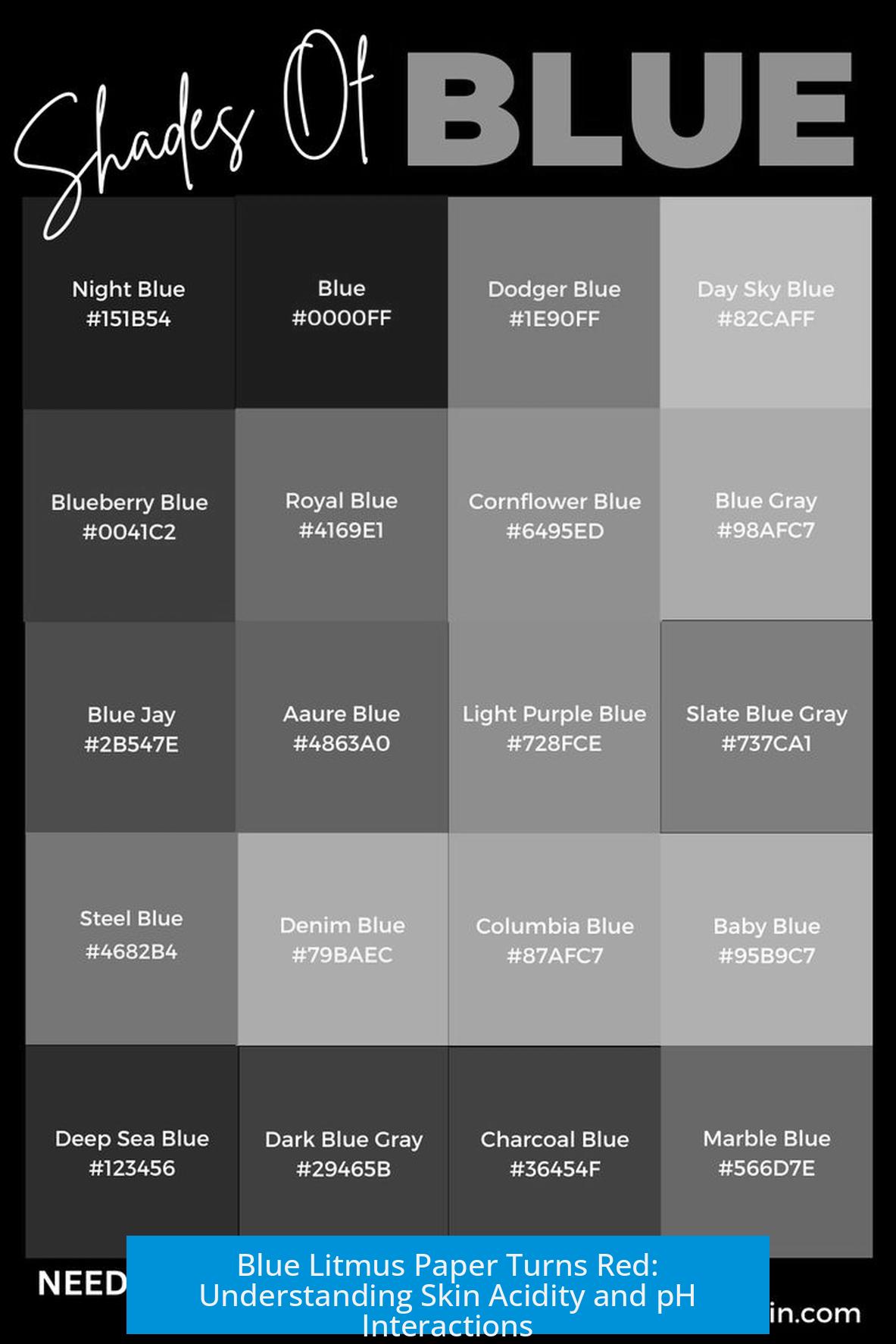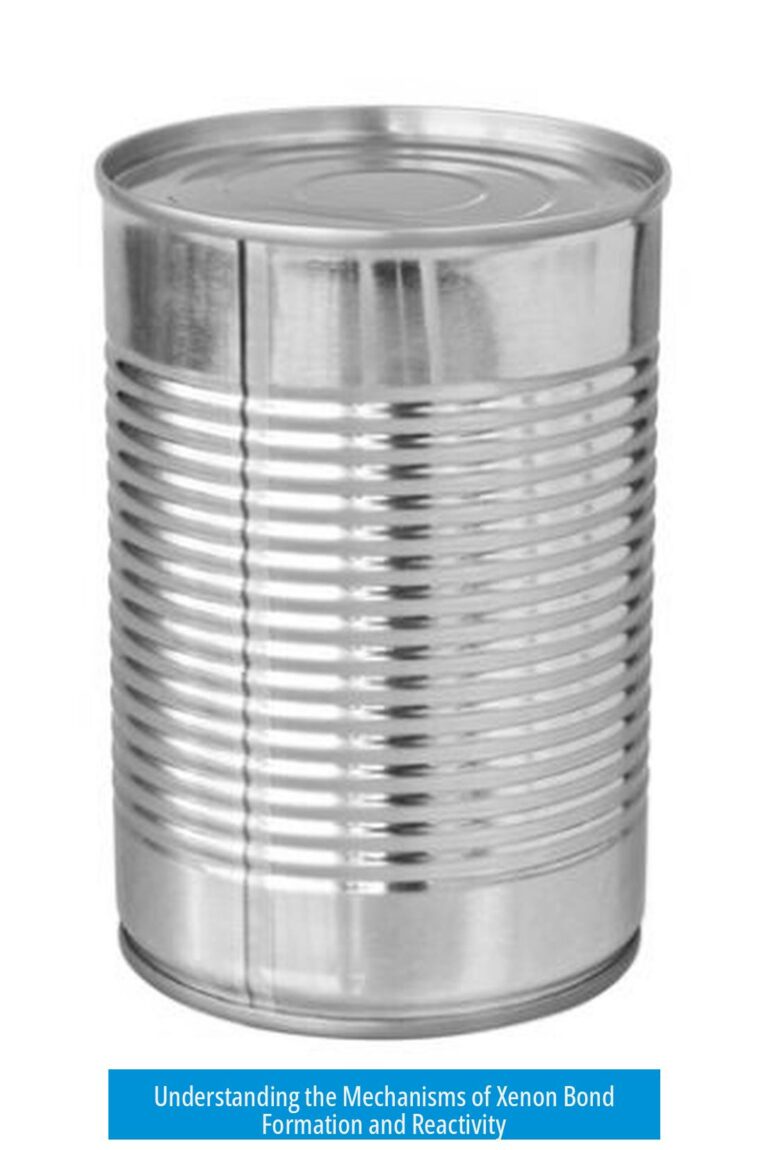Why Does Blue Litmus Paper Turn Red?

Blue litmus paper turns red when it comes into contact with an acidic substance, including the natural acids present on human skin and certain external acids. This color change indicates a pH below 7, signaling acidity.
Skin Acidity and Its Impact
Human skin typically has a pH around 5, making it slightly acidic. The moisture on skin—such as sweat and oils—carries this acidity. When blue litmus paper touches damp or sweaty skin, it absorbs these acidic compounds and displays a red color. This is a natural and common reaction.
Sweat Contains Acidic Components
- Sweat is mostly water and salt but also contains lactates and urea.
- These substances can oxidize to form acidic compounds.
- The presence of these acids lowers the pH on the skin’s surface.
This acidity is enough to trigger the color change on blue litmus paper. Despite the human body itself not being “acidic,” excreted liquids like sweat have acidic properties.
External Acidic Substances on Skin
Blue litmus paper may also turn red upon contact with residues of acidic foods or drinks left on the skin. Examples include:
- Soft drinks containing phosphoric or citric acid.
- Fruit residues with organic acids.
- Salty, acidic snacks like Takis with added flavor acids.
These substances contribute to an acidic environment on the skin surface, intensifying the litmus paper’s response.
Chemical Interactions Influencing pH
Atmospheric factors may intensify acidity on skin. For instance:
- Nitric acid vapor exposure can acidify sweat, creating dilute HNO3 solutions.
- Carbon dioxide from breath forms carbonic acid (H2CO3), which lowers pH locally.
Such interactions provide further explanation for occasional stronger acid reactions seen with litmus tests on skin.
Relation to Skin pH and Neutral Products
Skin’s slight acidity closely matches the pH of neutral or “skin-friendly” shampoos and soaps, which are about pH 5.5. This similarity confirms why even clean, moisturized skin can induce a red color on blue litmus paper. It reflects the natural acid mantle protecting the skin.
Key Takeaways
- Blue litmus paper turns red upon contact with acidic substances (pH < 7).
- Human skin is naturally acidic (pH ~5), mainly due to sweat and oils.
- Acids in sweat include lactates and urea oxidation products.
- External acidic residues from food or drinks can cause similar effects.
- Acidic vapors and carbonic acid from breath may further lower local pH.
- Skin’s acidity aligns with pH of neutral skin care products, explaining the reaction.
Why does blue litmus paper turn red when touched by skin?
Sweat and oils on skin are slightly acidic, with a pH near 5. When damp skin touches blue litmus paper, its acid content changes the paper’s color to red.
Can external substances on fingers cause blue litmus paper to turn red?
Yes. Acidic residues from foods, drinks, or other materials on your fingers can lower the pH and turn blue litmus paper red.
Does breathing or environmental vapors affect blue litmus paper results?
Carbon dioxide in breath forms carbonic acid, and vapors like nitric acid can mix with skin sweat, lowering pH and causing the paper to turn red.
Is human skin naturally acidic enough to change litmus paper color?
Skin is slightly acidic, usually around pH 5, which can be enough to turn blue litmus paper red, especially when moist or sweaty.
Why might fingers turn yellow after blue litmus paper turns red?
If sweat absorbs nitric acid vapor, it may produce dilute nitric acid on the skin. This can cause fingers to turn yellow later, confirming chemical interaction.





Leave a Comment